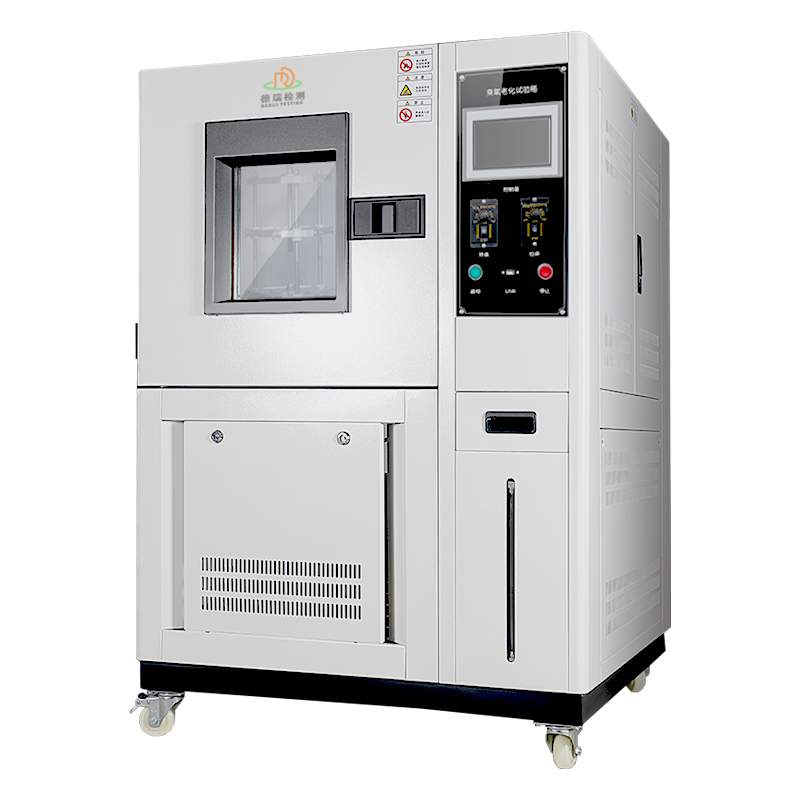
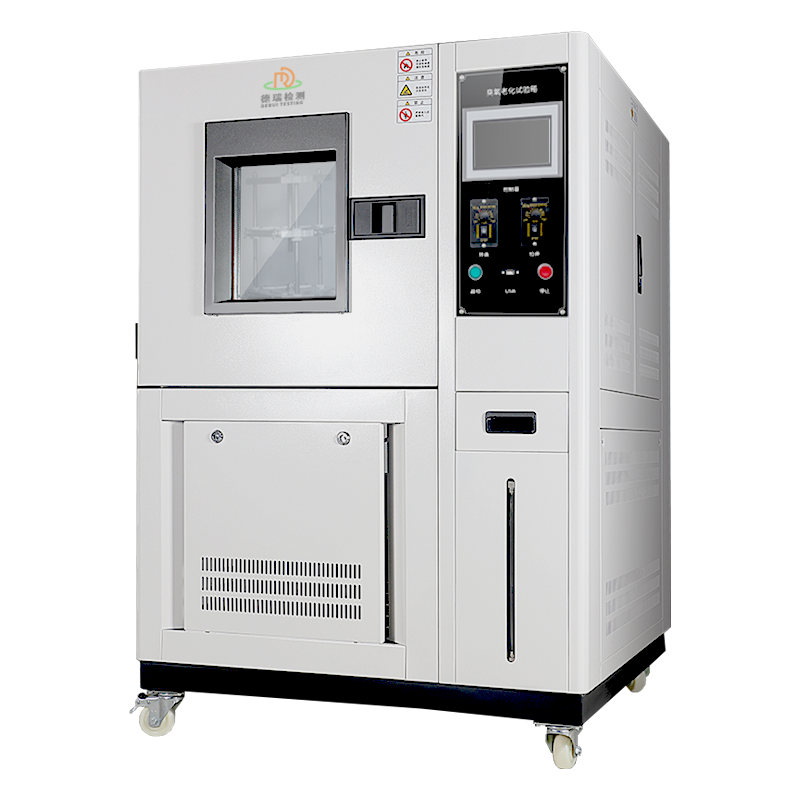
Ozone testing equipment for automotive sealing strips
358005.0 INR/Unit
Product Details:
X
Ozone testing equipment for automotive sealing strips Price And Quantity
- 1 Unit
- 358005.0 INR/Unit
Ozone testing equipment for automotive sealing strips Trade Information
- Cash in Advance (CID)
- 100 Unit Per Month
- 7 Days
- All India
Product Description
Ozone testing equipment for automotive sealing strips Standard Features
| Item | Specification |
| Internal dimension | 450W*450D*500Hmm (100L) |
| Temperature range | RT+10~ 60 (suggest to use 402) |
| Temperature Fluctuation | 1 |
| Ozone concentration | 50~1000 pphm, adjustable (suggest to use 50pphm) |
| Ozone concentration deviation | 10% |
| Sample holder rotation | 360 degree rotation |
| Sample holder | 2pcs removable sample tray, SUS#304 stainless steel |
| Temperature controller | Programmable touch screen controller |
| Ozone concentration analysis | Concentration analysis meter |
| Ozone generator | High pressure silence discharge type |
| Protection system | Leakage, short circuit, over temperature, over heat |
Why traditional ozone chamber can not restore the real failure?
Automotive seals are subjected to a multi-dimensional coupled attack of mechanical deformation + ozone exposure + temperature and humidity fluctuations in actual use, while traditional equipment only static ozone testing, resulting in:
-
Risk of distortion: static stretching cannot simulate the cyclic compression/rebound of a car door opening and closing (e.g. 50 cycles per day);
-
Risk of omission: ignoring the accelerating effect of temperature and humidity fluctuations on ozone penetration rates (e.g. condensation due to day/night temperature differences);
-
Data disconnect: no quantitative correlation between laboratory crack ratings and real vehicle air leakage/rattle failures.
Technology targeting: construct a dynamic mechanical-environmental coupled ozone aging system, and synchronize the output of engineering quantifiable failure prediction models.
2. Technology leap: four-dimensional dynamic ozone aging system
2.1 Mechanical dynamic simulation module
-
Multi-axis motion coupling:
Compression-torsion composite motion: simulates the compression deformation of the sealing strip when the door is closed (0-30mm travel) and the torsional shear of the window lift (15 angle);
Frequency programmable: supports 0.1-5Hz cycles (covering daily use to extreme working conditions).
-
Stress feedback closed loop:
Real-time monitoring of seal contact pressure (0-200N), dynamically adjusting the amount of deformation to maintain constant stress (meets SAE J1401 dynamic sealing test requirements).
2.2 Environmental-mechanical coupling control
-
Dynamic response to ozone concentration:
Automatically adjusts the ozone concentration gradient according to the seal deformation rate (e.g., ramps up to 500 pphm in the compression phase and down to 200 pphm in the rebound phase);
Humidity-synchronized pulse injection (from 30%RH to 80%RH in 10s) to simulate the enhanced ozone penetration effect in rainy days.
-
Temperature shock extension:
Integrated liquid nitrogen rapid cooling (-40C) and infrared transient heating (120C) to verify the synergistic damage of low temperature embrittlement and thermal oxidation.
2.3 Digital twin monitoring system
-
Microscopic damage capture:
Laser confocal sensor online scanning of seal surface cracks (1m resolution) to establish the crack expansion rate as a function of the number of mechanical cycles;
Real-time gas tightness detection: helium mass spectrometer leak detector synchronously monitors the leakage rate of the seal cavity during aging (accuracy 10- Pa-m/s).
-
Failure prediction algorithm:
Multi-parameter fusion model based on crack depth, leakage rate, and compression resilience decay to output seal remaining life (RUL) curves.
3. Data empowerment: from pass judgment to forward design.
3.1 Closed loop formulation optimization
-Material gene library construction: from pass judgment to positive design.
Material gene pool construction:
Compare the failure thresholds of EPDM, TPV, and silicone rubber under different ozone-mechanical coupling conditions to generate a material selection matrix;
Quantification of the marginal benefit relationship between the addition of anti-ozonants (e.g. p-phenylenediamines) and dynamic resilience.
3.2 Process parameter mapping
-
Validation of the vulcanization process:
Inverse the optimization window for vulcanization temperature/time from ozone aging data (e.g., over-vulcanization leads to 20% reduction in dynamic fatigue life);
Predicting the contribution of the secondary vulcanization process to crack suppression.
3.3 Whole Vehicle Reliability Validation
-
Road-lab correlation:
Calibrate laboratory acceleration factors (e.g., 500pphm + 5Hz mechanical cycling = equivalent 3 years of use) in conjunction with real vehicle road test data (e.g., 100,000km seal deformation);
Output regional ozone concentration profiles (e.g., industrial area vs. waterfront) corresponding to customized protection schemes for seals.
Equipment Innovation Label
Technology Dimension
Traditional equipment shortcomings
This program breakthrough
Mechanical load
Single static tension
Multi-axis dynamic compression/torsion/shear composite motion
Environmental Coupling
Constant temperature and humidity ozone exposure
Millisecond dynamic coupling of ozone - temperature and humidity - mechanical motion
Data Values
Visual Crack Class Determination
Microscopic damage quantification + residual life prediction + formulation inverse optimization
Examples of Industry-Level Solutions
-
New energy vehicle low pressure sealing challenges:
Problem: High-voltage fast charging leads to a sharp rise in ozone concentration in the cabin and accelerated decay of the dynamic resilience of traditional EPDM seals;
Solution: Simulate 10ppm ozone + 100 times/hour hatch opening and closing in the equipment, and screen high-pressure ozone-resistant hydrogenated nitrile butadiene rubber (HNBR) alternatives.
-
Autopilot sensor sealing:
Problem: LIDAR seals need to withstand both ozone aging and high frequency micro-vibration (200Hz);
Solution: Integrate a high-frequency vibration table (0-500Hz) to verify the stability of the damping characteristics of the sealant under ozone environment.
Tell us about your requirement

Price:
Quantity
Select Unit
- 50
- 100
- 200
- 250
- 500
- 1000+
Additional detail
Mobile number
Email




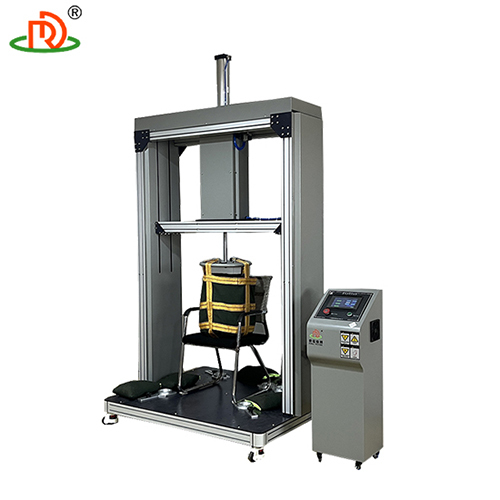
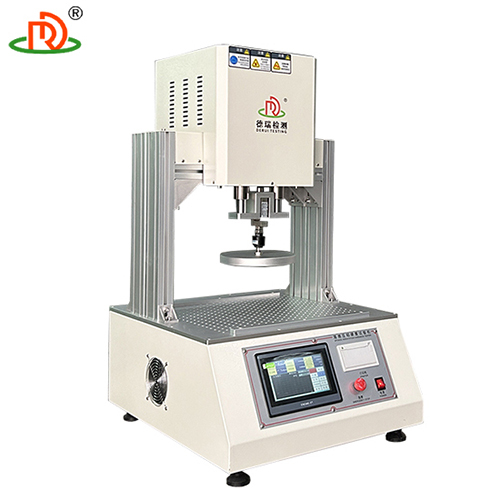
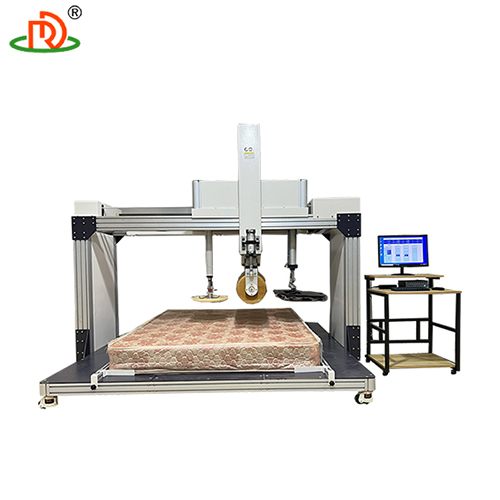
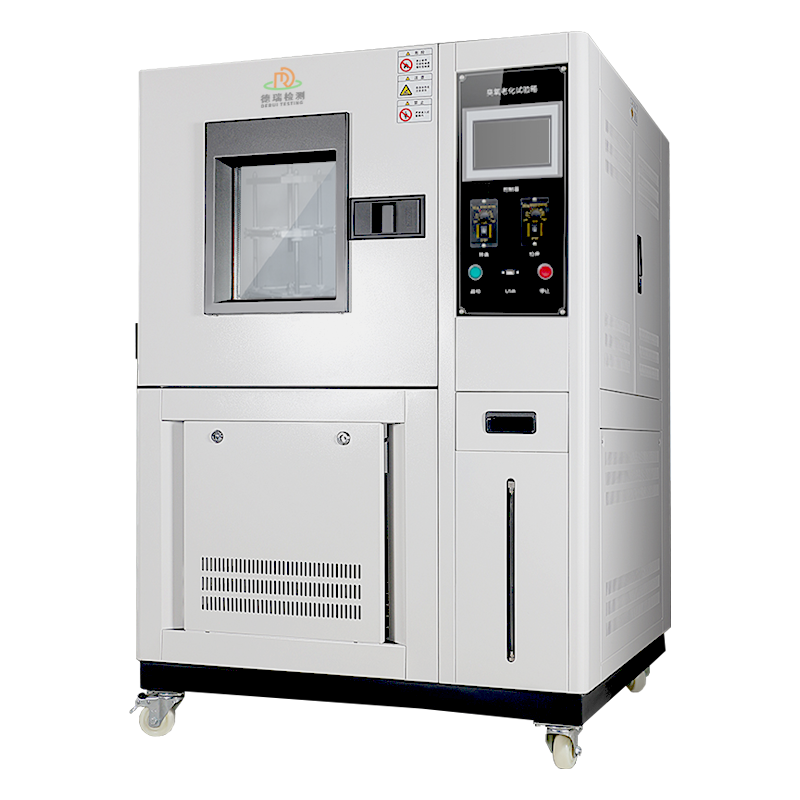

 English
English Spanish
Spanish French
French German
German Italian
Italian Chinese (Simplified)
Chinese (Simplified) Japanese
Japanese Korean
Korean Arabic
Arabic Portuguese
Portuguese